Researchers believe this next generation of microchips could lead to computers and phones running thousands of times faster.
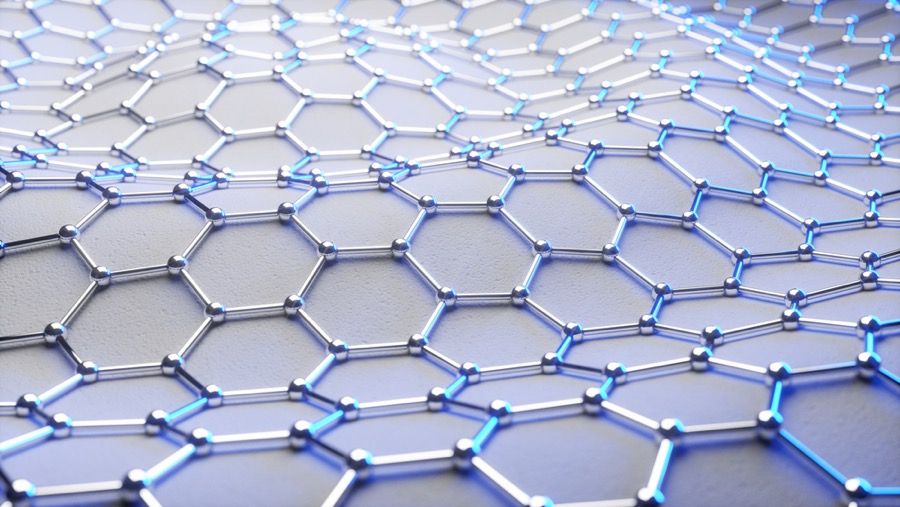

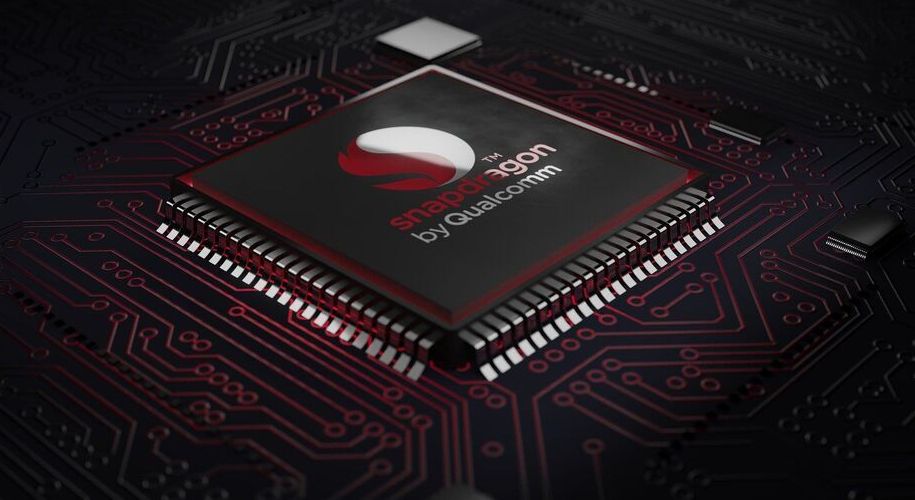
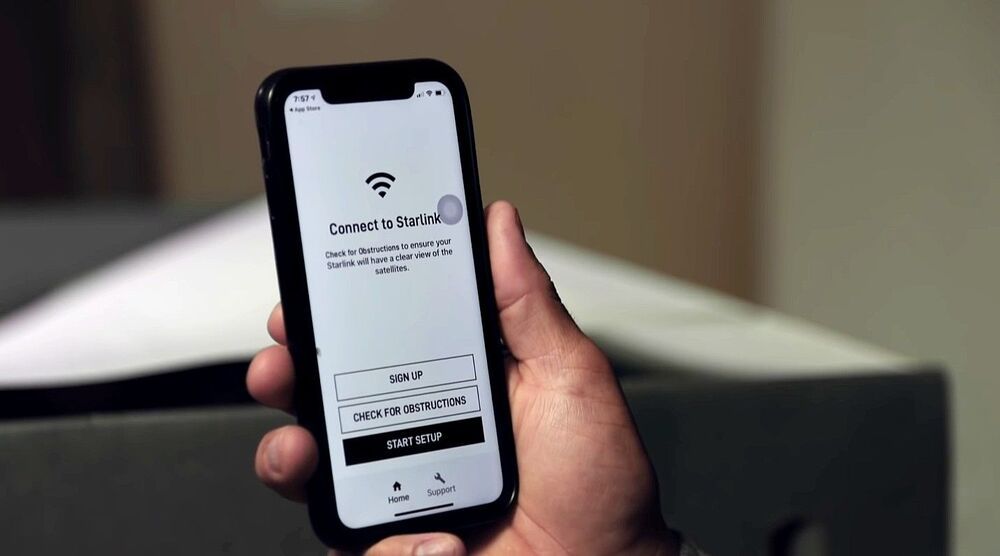
It appears that Elon Musk’s Starlink satellite constellation is not just aiming to provide high-speed internet service. Based on recent filings to the Federal Communications Commission (FCC), Starlink also plans to introduce a suite of related products to its portfolio, from a dedicated phone service, emergency backup for voice calls, and more affordable internet access for low-income customers through the US government’s Lifeline program.
Details of Starlink’s expanded services were mentioned in SpaceX’s petition to the FCC for a designation as an Eligible Telecommunications Carrier (ETC). According to the Elon Musk-led company, an ETC designation is required in some US states where the satellite internet program won government funding to provide internet access to underserved areas. It is also required to receive reimbursement from the FCC’s Lifeline program, which offers discounts on telecom services for low-income customers.
Starlink’s beta today only offers internet access, but in its filing, SpaceX noted that “Starlink Services will provide voice telephony services, including: (a) voice-grade access to the public switched telephone network (‘PSTN’) or its functional equivalent; (b) minutes of use for local service provided at no additional charge to end-users; © access to emergency services; and (d) toll limitation services to qualifying low-income consumers in accordance with 47 CFR §§ 54.500, et seq. Starlink Services will offer voice services on a standalone basis at rates that are reasonably comparable to urban rates.”

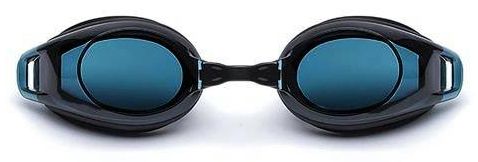
We can immediately supersede the Mojo Vision approach for retinal projection, with an interim projection system using metalenses. The Mojo Lens approach is to try to put everything, including the television screen, projection method and energy source onto one contact lens. With recent breakthroughs in scaling up the size of metalenses, an approach utilizing a combination of a contact metalens and a small pair of glasses can be utilized. This is emphatically not the Google Glass approach, which did not use modern metalenses. The system would work as follows:
1)Thin TV cameras are mounted on both sides of a pair of wearable glasses.
2)The images from these cameras are projected via projection metalenses in a narrow beam to the center of the pupils.
3)A contact lens with a tiny metalens mounted in the center, directly over the pupil, projects this projected beam outwards, through the pupil, onto the full width of the curved retina.
The end result would be a 360 degree, full panorama image. This image can either be a high resolution real time vision of the wearer’s surroundings, or can be a projection of a movie, or augmented reality superimposed on the normal field of vision. It can inherently be full-color 3D. Of course such a system will be complemented with ear phones. Modern hearing aids are already so small they can barely be seen, and have batteries that last a week. A pair of ear phones will also allow full 3D sound and also will be the audible complement of augmented vision.
Cameras in cell phones using traditional lenses are already very thin, and even they could be used for an experimental system of this type, but the metalens cameras will make this drastically thinner. The projection lens system must work in combination with the lens over the pupil. This also means that when the glasses are removed, the contact lens must also be removed, or the vision will be distorted.
The end result will be a pair of glasses, not quite as thin as an ordinary pair of glasses, but still very thin and comfortable. Instead of trying to mount the power source in the contact lens, like Mojo Vision is trying to do, a small battery would be mounted in the glasses. Mojo Vision is probably going to have to do something similar for the power source: put the battery in a small pair of glasses that projects the energy onto its contact lens.
This also solves the problem of the exit pupil limitations from binoculars. The entire light of the objective metalenses is projected through the pupil, since it is using a narrow beam projection method. The special lens mounted on the contact lens, will be tailored to work with this system. The included photograph is of underwater, single-separated googles, which gives an idea of what this might look like.
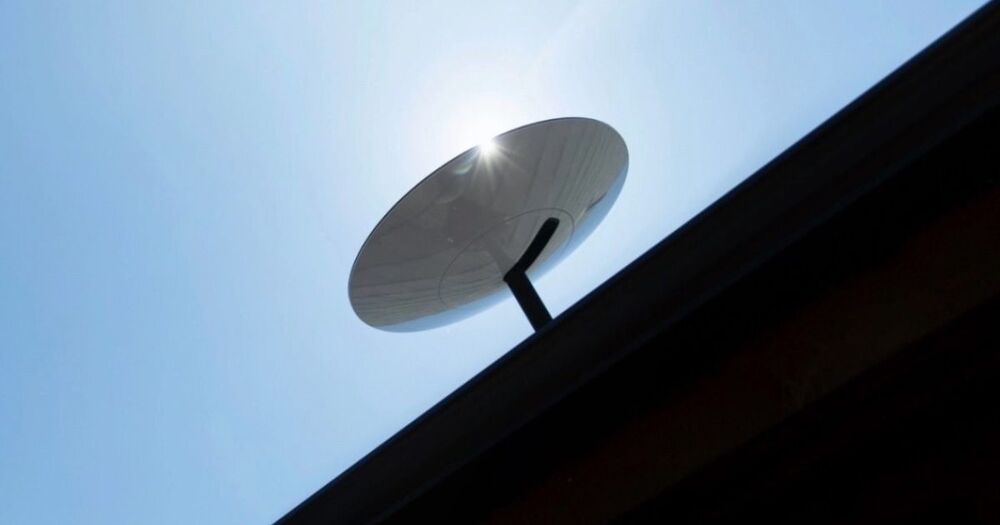
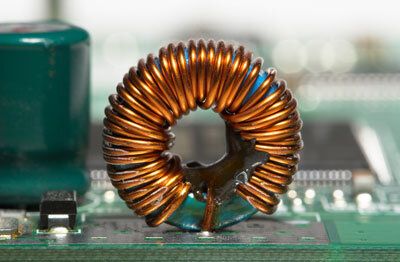

Your smart phone will track your movements if your Location is On.
No brainer right? Turn your Location to Off if you don’t wanna be tracked. Mine is always off!
In the case of 1/6/2021 on the US Capitol:
Trump supporters traveled from South Carolina, Florida, Ohio and Kentucky to the nation’s capital, with pings tracing neatly along major highways, in the days before the attack. Stops at gas stations, restaurants and motels dot the route like bread crumbs, each offering corroborating details.
In many cases, these trails lead from the Capitol right back to their homes.
Times Opinion was able to identify individuals from a trove of leaked smartphone location data.
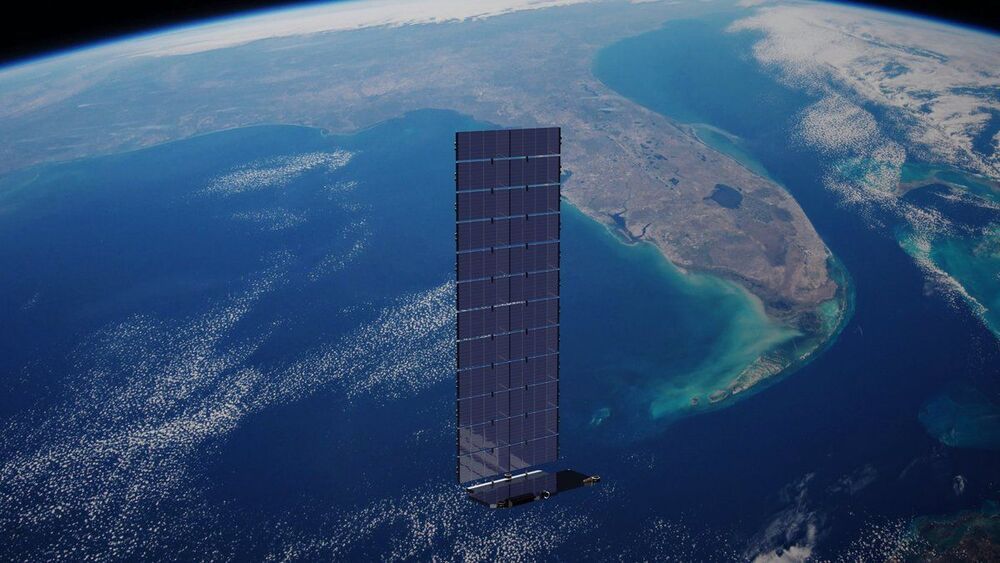
It seems new versions are coming out at the same rate as smart phones…🤣
Featured Image Source: @ErcXspace via Twitter SpaceX is deploying Starlink satellites to low Earth orbit on a monthly basis. The company says Starlink will become ‘the world’s most advanced broadband internet system’ capable of providing service to countries globally. To date, SpaceX’s fleet of flight-proven Falcon 9 rockets have deployed approximately 1025 Starlink satellites over the course of eighteen missions. The satellites transmit their signal from four phased array radio antennas. This flat type of antenna can transmit in multiple directions and frequencies without moving. Starlink will beam data over Earth’s surface at the speed of light, bypassing the limitations of of our current internet infrastructure.

Has anyone tried any of these longevity blood testing companies? How are their recommendations? I’m especially curious if Life Extension’s online phone consultations are worth it.
This is the second article in a two-part series on the best aging biomarkers to track for longevity. While the first article on aging biomarkers discussed 20 specific biomarkers to track, in this post we compare different life extension blood tests and testing companies on the market.
Affiliate Disclaimer: Longevity Advice is reader-supported. When you buy something using links on our site, we may earn a few bucks.